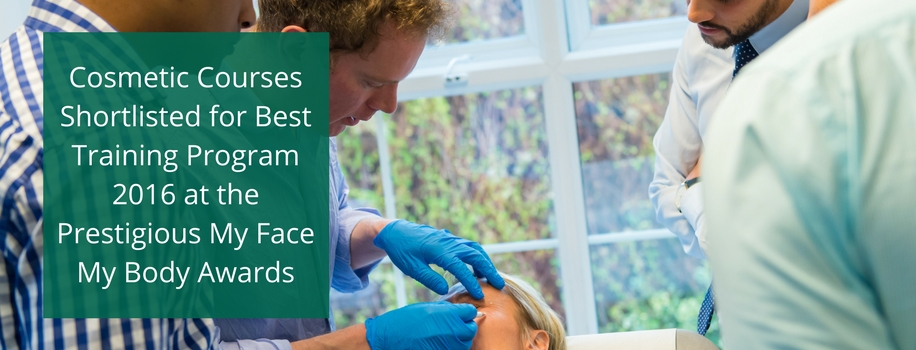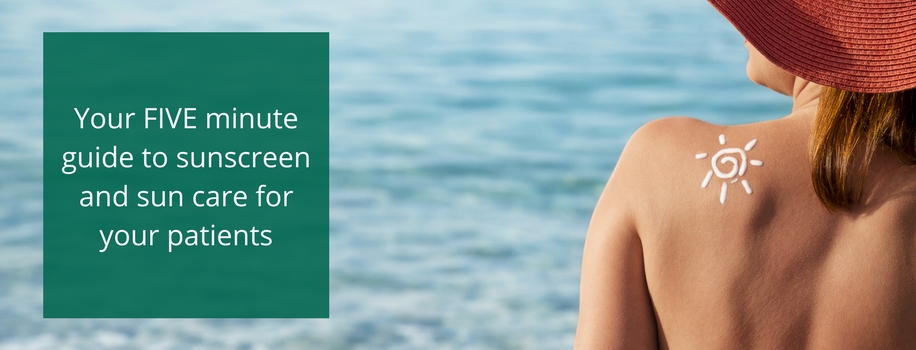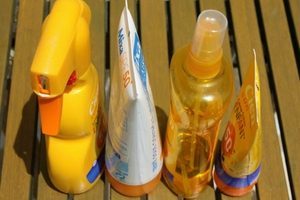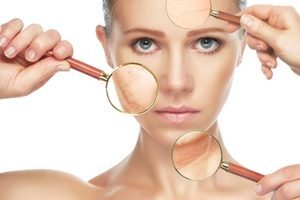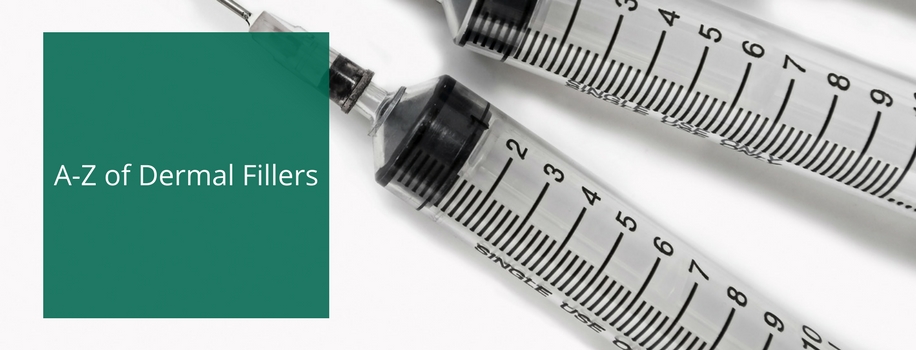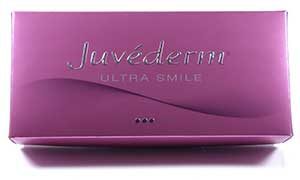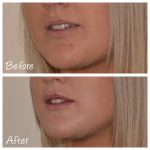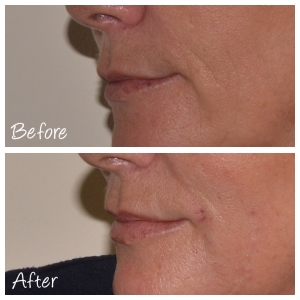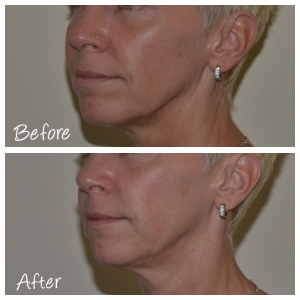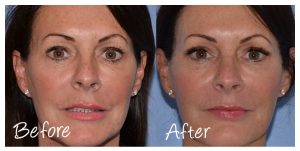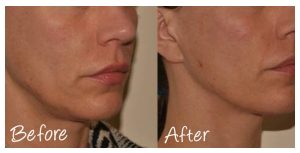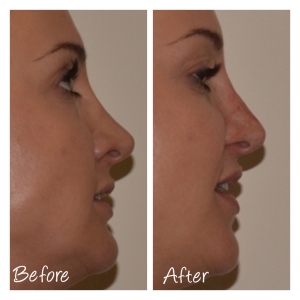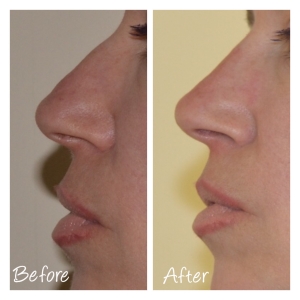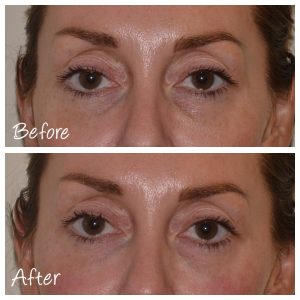Are you considering dermal fillers but still researching your options? In this week’s blog we bring you everything you need to know about dermal fillers, right from A-Z…
A – Aftercare
After having dermal filler treatment it is extremely important to follow the aftercare advice down to a T! One of the hardest to follow is avoiding makeup for the rest of the day post-treatment. This prevents the introduction of infection into the injection sites. If you do need to wear makeup at any point we would recommend mineral-based foundation.
B – Benefits
There are a range of benefits associated with modern dermal fillers that we use at Cosmetic Courses. Firstly there is very little recovery time meaning you can resume your daily routine immediately after treatment. The treatment can be tailored to your needs and built upon over time. If you want a subtle, natural look this can be achieved in a single treatment but if you are looking for a more dramatic effect this can also be achieved over a course of treatments. It’s important to let your practitioner know which type of look you are aiming for so that a treatment plan can be designed specifically for you.
C – Cheek Augmentation
One of the most popular areas of the face to have dermal fillers is into the cheeks, known as a cheek augmentation. The reason for this is as we age we lose fat and therefore volume in the cheek area which can make you look hollow and can cause the skin to sag downwards. This sagging can cause more prominent lines in the lower face such as between the nose and mouth and the marionette lines. By injecting dermal fillers into the cheeks, they work to add volume back into the mid-face, improving the appearance of wrinkles and making your cheeks appear chiselled and rejuvenated.
D – Dermal Fillers
D is for dermal fillers of course! Dermal fillers replace volume that is lost during the ageing process. There are a variety of companies that produce dermal fillers and within each brand of filler there are different strengths. At Cosmetic Courses we use the Juvederm range of dermal fillers, which is a hyaluronic acid-based dermal filler. (Find out more about hyaluronic acid below!) The strength of your dermal fillers will be assessed according to your needs and desired outcome.
E – Effects
The effects of dermal fillers are immediate. However, the longevity of the effects can vary, depending on each individual, the type of dermal filler and the area that has been treated. Effects will last a shorter amount of time when the dermal filler is applied to the lips as there is a significant amount of movement in this area causing the filler to break down. We tend to say that the effects on average will last between 6-18 months on static areas such as the cheeks but 3-6 months for the lips.
F – Feet
Foot cushioning is one of the latest innovations using dermal fillers and is in demand by ladies who live and work in their heels. Nicknamed the ‘loub lift’ the treatment involves injecting dermal fillers into the sole of the foot to create a cushion and make wearing those killer heels much more comfortable!
G – Gorgeous
Dermal fillers should be used to enhance your natural beauty and make you feel gorgeous rather than make you look like a completely different person.
H – Hyaluronic Acid
The most popular type of dermal filler is made of hyaluronic acid which is a natural substance that occurs in the body. Hyaluronic acid is responsible for lubricating joints and skin tissue and gives you that plumpness in your skin. Over time the rate at which you produce hyaluronic acid slows down. Therefore by introducing it back into the skin via hyaluronic acid-based dermal fillers you can achieve a more youthful appearance. It is a completely natural substance and is broken down over time and assimilated back into your body. Hyaluronic acid is also able to hold 1000 times its own weight in water which is one of the reasons it’s so popular as a type of dermal filler!
I – Injection
The treatment is performed using a very fine needle which is inserted underneath the skin and followed by a slow injection of the dermal filler. The needle is extremely fine which minimises any pain but we also numb the treatment area prior to injection by applying topical anaesthetic cream.
J – Juvederm
Juvederm is a brand of dermal filler produced by Allergan; a global healthcare company that has pioneered developments of medical aesthetic treatments for more than 35 years. Juvederm is one of the most popular types of filler and can help refresh, lift and define different areas of the face.
K – Knowledge
Before you commit to any aesthetic treatment it is extremely important to do your research and make sure you know the ins and outs of the process and the recommended aftercare advice – hence our A-Z of dermal fillers!
L – Lip Augmentation
Another very popular area of the face to have dermal fillers is the lips, known as lip augmentation. Dermal fillers in this area can have two effects:
- Define
- Produce volume
If you are looking for more definition in your lips then you can have dermal fillers applied to the lip border, which is the edge of the lip. This treatment produces very natural results and a nice outline to your lips. However, if you are looking for more volume then you should ask for your lip body injected with the dermal fillers. The lip body is the actual pink part of the lip and by injecting dermal fillers into this part you can restore plumpness and achieve that perfect pout!
M – Mouth
There are five different areas around the mouth that we can inject with dermal fillers:
- Marionette lines – the lines which go from the corner of your lip towards your jowls
- Nasolabial folds – the lines which go from the corner of your nose to the corner of your mouth
- Oral Commisures – the very corner of your mouth which can give you that downturned look
- Peri-oral lines – the smoker’s lines which appear when you make a pout
- Chin augmentation – dermal fillers can be injected into the chin to reduce dimpling, or contour the shape.
N – Non-Surgical Facelift
With advances in dermal fillers we can now produce what’s known as a non-surgical facelift also known as the 8 Point Facelift or Liquid Facelift. This technique injects dermal fillers into various points on the mid and lower face to produce an overall lift to the cheeks and jowl area. This is a slightly more expensive approach to dermal fillers than simply injecting one specific line or fold, however it provides an overall rejuvenated effect to the face rather than just focusing on one area alone.
O – Only at Cosmetic Courses
Cosmetic Courses is one of the only places where you can receive a high quality treatment at a discounted price. By becoming a model you can save up to £175 on your dermal filler treatment!
P – Permanent Fillers
A common misconception is that if you undergo lip filler you will end up looking like Leslie Ash. This is not the case. The difference between the fillers Leslie Ash had compared to what you would receive at Cosmetic Courses or any other high quality clinic is that Leslie Ash had permanent fillers injected into her lips rather than temporary ones. In her case the silicone set around the muscles in her lips and it is now impossible for surgeons to remove it. So it’s important to remember that ‘Permanent fillers cause permanent problems’ so always make sure you are being treated with temporary hyaluronic acid-based dermal fillers.
Q – Quick
The treatment itself is extremely quick usually taking only 30-45 minutes to complete. Results will be seen immediately but there will be some slight swelling and redness initially so true results can be seen approximately 2 weeks post-treatment.
R – Rhinoplasty
Dermal fillers can even be used to perform what’s known as a non-surgical rhinoplasty. A combination of Botox and dermal fillers can be injected into the nose to amend any contour irregularities or change the shape of your nose. Unlike a surgical rhinoplasty this is a much quicker procedure, is a lot less expensive and has very little downtime.
S – Smoker’s Lines
Dermal fillers can be used to correct smoker’s lines, also known as peri-oral lines. These are the vertical lines above the lip that appear when you pout. These are known as smoker’s lines because if you are a regular smoker and have been for some years, the continuous process of moving your lips into that pout position causes troughs in your skin which appear as wrinkles. Injecting these lines with dermal fillers, rejuvenates this area of the face.
T – Tear Trough Rejuvenation
Tear trough rejuvenation, also known as peri-orbital rejuvenation is most commonly used to reduce dark circle or tear troughs beneath the eyes which give a tired, sunken look. Dermal fillers are injected between the lower eyelid and cheek which will thicken the skin beneath and around the eye, resulting in a natural, brighter look.
U – Unwanted Lines
Dermal fillers can correct any unwanted lines across your face such as laughter lines or smiling lines. They will improve the appearance of your wrinkles and replace the volume that has been lost due to ageing.
V – Very Happy
We have had some very happy clients over the years including Liz who has had a range of treatments with us:
W – Women
Although a majority of the demand for dermal fillers is from females we are slowly seeing an increase in the demand for these types of injectable treatments from the male population.
X – X-rated
Dermal fillers are only licensed for patients aged 18 and over. Therefore if you are under 18 we would not treat you with dermal fillers at Cosmetic Courses.
Y – Your Face is Unique
Everyone’s face is unique meaning treatment for each individual will be different. It is important to thoroughly discuss with your practitioner your aims and desires from treatment so that a bespoke treatment plan can be created specifically for your needs.
Z – Zero Cost
There is zero cost for a consultation at Cosmetic Courses. If you are unsure about which treatment would be best for you, or would just like to discuss your options then please feel free to visit us for your no-cost, no-obligation consultation.
Dermal Filler Treatment at Cosmetic Courses
If you’d like further information on dermal filler treatment at Cosmetic Courses then please contact us or if you would like to register as a model please fill in our registration form and one of our advisers will be in touch.


